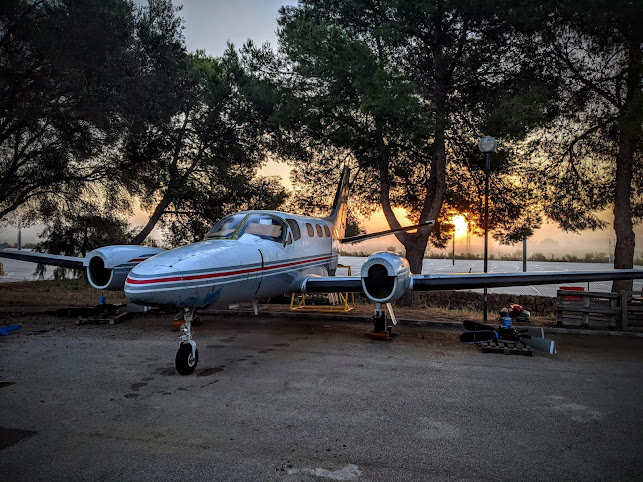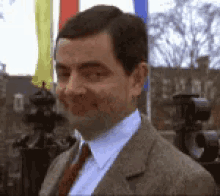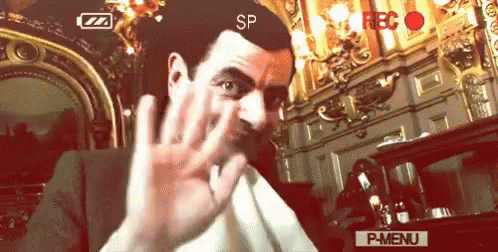Workshop Practises!
I think you’re getting tired with always the same intro but why not continue using it until I found a new one! So as every week,
Good afternoon my aeronautics enthusiast!
As always, I want to thank you all for all your big support and encouraging me to improve my blogs! After a few weeks going to the workshop and doing some practises, I thought you would like to know a little more about what we usually do.
As you all know, everyone in the class has his own toolbox so you could imagine that we use it a lot. Surprisingly, you are wrong. For the moment we haven’t touched a lot the toolbox and here’s why. For becoming a good mechanic first of all you need to have some basic knowledge. You cannot use tools for repairing things without knowing how everything works. This first month has been kind of “boring” because we had to write a lot in our practises book, but as I said before, we need to learn how everything works before touching it.
I don’t know if I have mentioned it, but everything in our book needs to be written in capital letters. This is due an amazingly simple fact, everyone has different handwriting skills so for making a standardization we write in capital letters for making everything easier to read and understand. It’s fundamental that all our partners understand our letter and we also need to express our ideas clear and easy to understand. Imagine that you’re doing a task, but your turn finishes, and you need to leave the task unfinished to a new partner that just have arrived. You will need to leave him a clear message where you left everything, and which was the last step you did of that task. As always remember, in aviation SECURITY is fundamental and the ability to work in a team it is also.
As I was mentioning, before we had a lot of work to do learning how all the manuals of the plane worked and all the necessaries tools to do the different task and maintenance of the plane. We had to check that all the tools where in good condition and serviceable to use them in the plane. One of the tasks that we did this week was to take tension measures of the control cables of the Turbocommander 680V.
In one of my previous blogs I’ve tell how the plane was capable of flying and the ability of doing all the movements. If you remember all the parts of the plane you should know that all of them, since long time ago, they have been moved by wires also know as control cables. As planes evolved in newer and safetier machines, cables were replaced with electric motors or hydraulic actuators. But in our workshop we have old and small planes that still use control cables for moving all the moveable parts so one of the task consisted in measure the tension of the control cables of the elevator. This cable it goes from the yoke of the cockpit all along the fuselage to the elevator.
First of all, we had to measure the section of the cable and then adjust the tensiometer to measure the tension. For measuring the section, we used a vernier caliper that gave us the exact section in inches and then we adjusted the tensiometer according to that section. Once adjusted, we passed the cable through the tensiometer and it gave us a value of 67 LBS. Then we looked in the AMM what should be the value and we saw that the tension was good. Depending on the outside temperature, the tension is different due to expansion of metals, so we had to search the value at 21ºC (which was the outside temperature, luckily it wasn’t too hot!). That value was around 65 ± 3 LBS and that’s why our value was inside the permitted margin.

I know that I said at the beginning that for moment the workshop has been some of kind of “boring” because even that we did some fascinating tasks, all the rest has been completing the book and writing a lot. That doesn't mean that I haven't liked the workshop, quite the opposite, time flies when I'm at the workshop I wish we could more hours. But as I said before, until we don’t learn the theory, we cannot do all the tasks. Notwithstanding, I’ve got great news! This next week we will starting new fascinating tasks and we will need to do a lot of manual work. All the things that we learnt, we will need to apply them for doing the next tasks. I won’t spoil you but it’s something related with cubes…
Once that we accomplish the task, I will tell you more info. As always, see you on next week and I hope that you learnt new fascinating things! As more time I spend on the course, the more I like it!
See you on next week folks!


















Totally wonderful. I look forward to reading your blogs every week!
ResponderEliminar